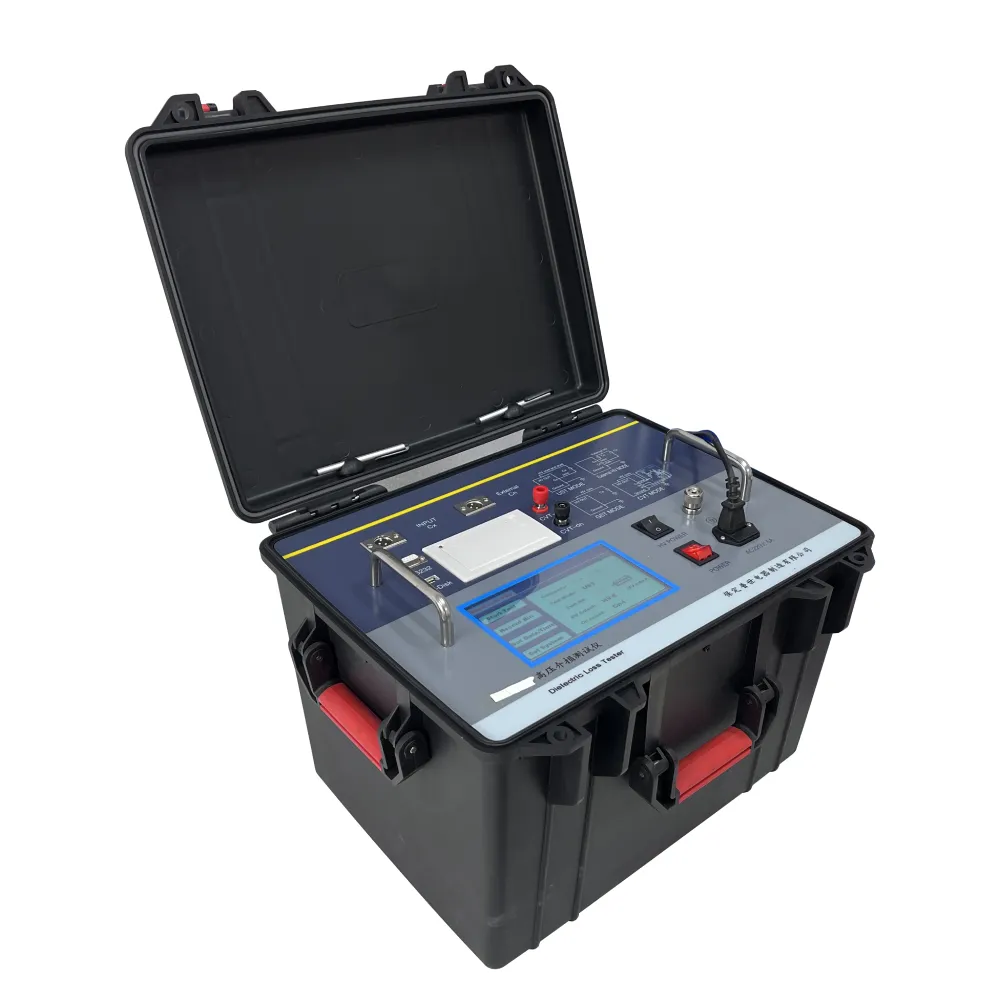 English
English


Breaker Load Tester - Reliable Electrical Testing Solutions
Understanding Breaker Load Testers Ensuring Electrical Safety and Performance
In the realm of electrical engineering and maintenance, safety and reliability are paramount. Breaker load testers play a crucial role in ensuring that circuit breakers function correctly under load conditions. This essential tool not only helps in assessing the performance of circuit breakers but also safeguards against potential hazards that mismatched or faulty breakers can pose.
A breaker load tester is designed to apply a specific load to a circuit breaker, measuring its ability to handle that load without tripping or failing. The testing mechanism can simulate real-life operational conditions, ensuring that the circuit breaker is capable of managing electrical loads effectively. This is particularly important in high-demand environments such as commercial buildings, industrial facilities, and critical infrastructure.
One of the primary reasons for using a breaker load tester is to check the integrity of existing circuit breaker systems. Over time, electrical components can degrade due to various factors, including environmental conditions, wear and tear, and electrical surges. A load test allows engineers to detect abnormalities or failures in a breaker before they lead to major issues. By identifying and addressing these problems proactively, facilities can avoid unplanned downtime, costly repairs, or even catastrophic electrical failures.
breaker load tester

In addition to preventive maintenance, breaker load testers are also invaluable during the commissioning of new electrical systems. When a new panelboard or circuit breaker is installed, conducting load tests ensures that the equipment meets operational specifications and safety standards. This step is critical for validating that the installation has been executed correctly and that all components work harmoniously under expected load conditions.
The operation of a breaker load tester typically involves connecting the tester to the circuit breaker in question and gradually increasing the load while monitoring the performance. Most advanced testers can provide real-time data and analyze various parameters, such as voltage, current, and temperature. This data can be instrumental in making informed decisions regarding repairs or replacements.
Moreover, breaker load testers must comply with industry safety standards and regulations. Manufacturers design these devices with safety features to protect technicians from potential electrical hazards during testing. It is crucial for operators to be well-trained in both the use of the tester and in understanding the electrical systems they are evaluating. Proper training ensures that tests are carried out safely and efficiently, minimizing risks to personnel and equipment.
In summary, breaker load testers are indispensable tools for maintaining electrical safety and performance. They serve not only as a means of diagnosing existing circuit breaker issues but also as a preventive measure during installations and routine maintenance. By utilizing a breaker load tester, engineers can ensure that circuit breakers operate reliably under varying load conditions, ultimately protecting both people and property from electrical malfunctions. As technology continues to evolve, these testing devices will undoubtedly become even more sophisticated, enhancing their capabilities and the overall safety of electrical systems.
-
Differences between open cup flash point tester and closed cup flash point testerNewsOct.31,2024
-
The Reliable Load Tap ChangerNewsOct.23,2024
-
The Essential Guide to Hipot TestersNewsOct.23,2024
-
The Digital Insulation TesterNewsOct.23,2024
-
The Best Earth Loop Impedance Tester for SaleNewsOct.23,2024
-
Tan Delta Tester--The Essential Tool for Electrical Insulation TestingNewsOct.23,2024





